Scaling Up - One Page Strategic Plan: How To Align Your Team And Achieve Company's Growth
A simple yet powerful tool that helps you craft an industry-dominating strategy while keeping everyone in your company on the same page, literally and figuratively.
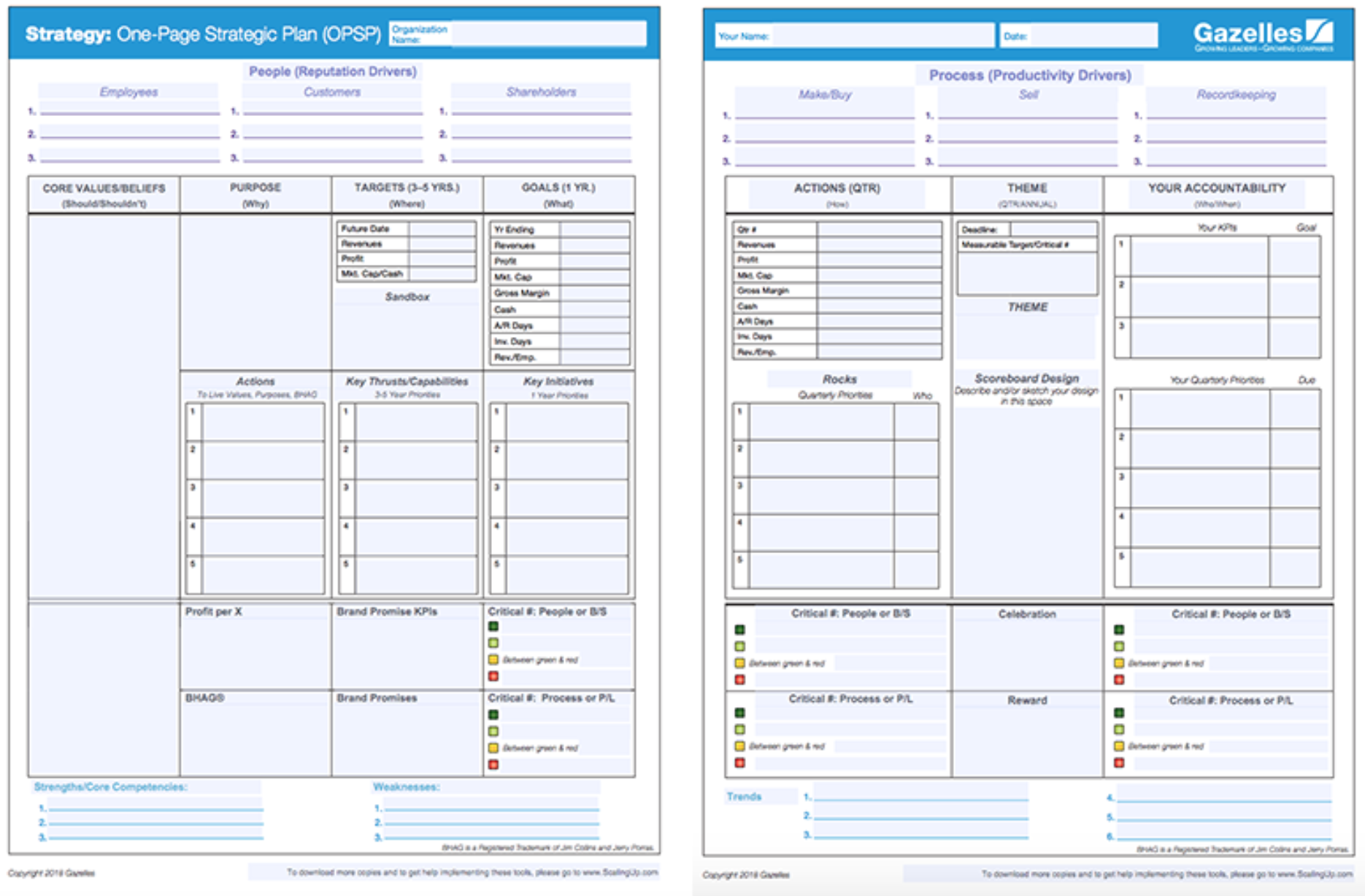

The One Page Plan And Why You Need It
In order to scale and achieve your company’s vision, you need to easily communicate a strategic plan to all your employees, so everyone can stay focused and aligned. This might be easy during the early days of having just a handful of employees, but becomes significantly harder as your company grows.
who, what, when, where, how, why, and the often challenging question, “But should we or shouldn’t we?”

These are your “shoulds/shouldn’ts”. It will list a handful of rules defining the boundaries for decision making. These core values will help you answer the question: “But should we or shouldn’t we?”
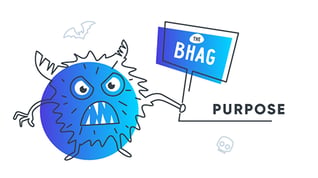
This is your why. It expresses the impact your company wants to make. It requires two main decisions:
- Purpose: often referred to as the “company mission”
- BHAG (Big, Hairy, Audacious Goal): the measurable piece of the Purpose that the business can achieve in the next 10 to 25 years
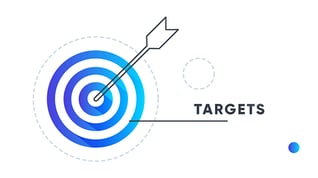
This defines where your company is headed in the next three to six years. It includes measurable Brand Promises to your customers and also summarizes a handful of major Capabilities and Key Thrusts your company must pursue.

This describes what results need to be achieved in the next 12 months.
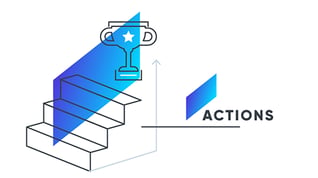
This details how your company plans to achieve its vision, focused on a measurable “next step” 90-day time frame.

This describes the theme, celebration, and rewards associated with the #1 priority for the quarter or year. The theme celebrations give everyone a definitive finish line and a chance to have some fun.

This delineates who is accountable for various aspects of the OPSP. Lastly, the “when” question is represented by each column’s time frame.
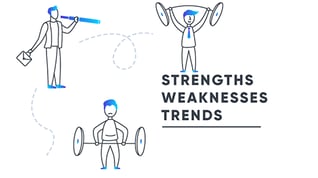
The Strengths, Weaknesses and Trends (SWT) serve as the foundation upon which your Vision is built. It is an updated approach of the traditional SWOT analysis, which stands for Strengths, Weaknesses, Opportunity and Threat.

